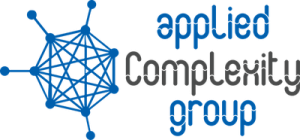Patterns of Human Collaboration
Networks of collaboration are notoriously complex and the mechanisms underlying their evolution, although of high interest, are still not fully understood. In particular, collaboration networks can be used to model the interactions between scientists and analyze the circumstances that lead to successful research. This task is not trivial and conventional metrics, based on number of publications and number of citations of individual authors, may not be sufficient to provide a deep insight into the factors driving scientific success. However, network analysis techniques based on centrality measures and measures of the structural properties of the network are promising to that effect. In recent years, it has become evident that most successful research works are achieved by teams rather than individual researchers. Therefore, researchers have developed a keen interest in the dynamics of social groups. In this study, we use real world data from a Thai computer technology research center, where researchers collaborate on different projects and team up to produce a range of artifacts. For each artifact, a score that measures quality of research is available and shared between the researchers that contributed to its creation, according to their percentage of contribution. We identify several measures to quantify productivity and quality of work, as well as centrality measures and structural measures. We find that, at individual level, centrality metrics are linked to high productivity and quality of work, suggesting that researchers who cover strategic positions in the network of collaboration are more successful. At the team level, we show that the evolution in time of structural measures are also linked to high productivity and quality of work. This result suggests that variables such as team size, turnover rate, team compactness and team openness are critical factors that must be taken into account for the success of a team. The key findings of this study indicate that the success of a research institute needs to be assessed in the context of not just researcher or team level, but also on how the researchers engage in collaboration as well as on how teams evolve.




